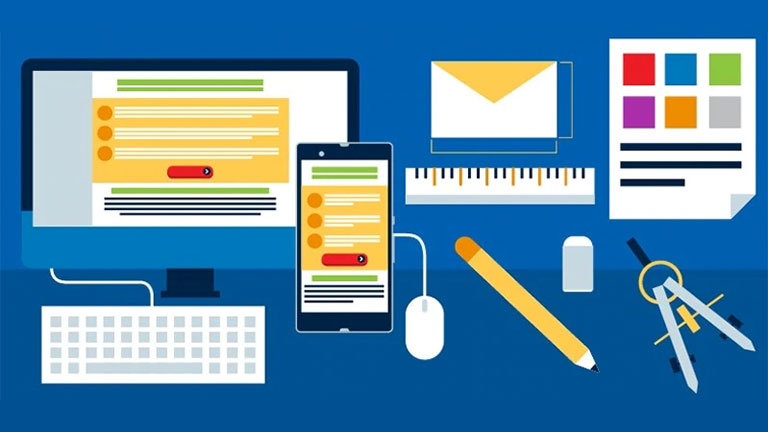What is Zero-Party Data?
Fuel your personalized marketing efforts with zero-party data.
What is zero-party data?
Why is zero-party data important?
Forrester’s Fatemeh Khatibloo, VP principal analyst, notes in a video interview with Wayin (now Cheetah Digital) that zero-party data “is gold. … When a customer trusts a brand enough to provide this really meaningful data, it means that the brand doesn’t have to go off and infer what the customer wants or what [their] intentions are.”
There’s the privacy factor to keep in mind too, another reason why zero-party data – in enabling and encouraging individuals to willingly provide information and validate their intent – is becoming a more important part of the personalization data mix.
As industry regulations such as GDPR and the CCPA put a heightened focus on safeguarding consumer privacy, and as more browsers move to phase out third-party cookies and allow users to easily opt out of being tracked, marketers are placing a greater premium and reliance on data that their audiences knowingly and voluntarily give them.
Experts also agree that zero-party data is more definitive and trustworthy than other forms of data since it’s coming straight from the source. And while that’s not to say all people self-report accurately (web forms often show a large number of visitors are accountants, by profession, which is the first field in the drop-down menu), zero-party data is still considered a very timely and reliable basis for personalization.
With great data comes great responsibility.
You’re not getting something for nothing with zero-party data. When customers and prospects give and entrust you with their data, you need to provide value right away in return. This could take the form of: “We’d love you to take this quick survey, so we can serve you with the right products and offers.”
But don’t let the data fall into the void. If you don’t listen and respond, it can be detrimental to your cause. It’s important to honor the implied promise to follow up. As a basic example, if you ask a site visitor: “Which color do you prefer – red or blue?” and they choose red, you don’t want to then say, “Ok, here’s a blue website.” Today, two weeks from now, and until they tell or show you differently, the website’s color scheme should be red for that person.
While this example is simplistic, the concept can be applied to personalizing content, product recommendations, and other aspects of digital experiences to map to individuals’ stated preferences.
Examples: How to use zero-party data for personalization
Let’s take an in-depth look at one interesting application of zero-party data: surveys and polls. Brief, targeted surveys with illuminating questions are one good way to put zero-party data to immediate use. Using personalization and real-time interaction management technology, you can use the information that someone gives you to dynamically and instantly personalize their experience.
Here’s a real-world example: Business Development Bank of Canada (BDC) deploys surveys strategically and effectively. New visitors to the bank’s website see a one-question survey (“What’s your business goal?”), prominently incorporated into the hero area near the top of the site. Options include “managing my cash flow,” “finding the right loan,” and “getting new customers.”
How visitors respond dictates what they see next, with BDC immediately presenting content and solutions that map to each person’s stated needs. For example, a visitor who chooses “finding the right loan” will see the content on how to get financing. Subsequent site visits also prioritize similar information on the homepage.


Final thoughts on zero-party data
When requested sparingly and applied strategically, zero-party data can vastly improve how you communicate with customers. As Forrester says: “Zero-party data is extremely valuable and will improve the effectiveness of your firm's personalization efforts.”
Importantly, too, zero-party data isn’t a zero-sum game. Companies and customers both benefit. Forrester further notes: “Ultimately, zero-party data can reduce marketing waste for a brand and improve the lives of its customers – a win-win situation for everyone involved.”
To learn more about how to apply zero-party, first-party, and third-party data to drive outstanding personalized experiences across channels – and if Salesforce Marketing Cloud Personalization's real-time interaction management solution is the right fit for you – request a demo today.

Product
Marketing Cloud Personalization

Report
The Gartner Magic Quadrant for Personalization Engines, 2020



